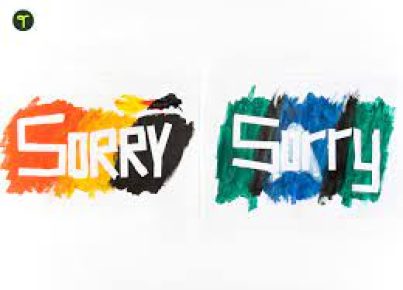Introduction:
Feelings and emotions play an essential role in our daily lives, influencing our behavior, reactions, and decisions. Understanding and managing our emotions is an important skill for both children and adults. Teaching children to identify and express their feelings and emotions can help them develop empathy, resilience, and emotional intelligence. In this article, we introduce 12 educational worksheets that can assist educators, parents, and mental health professionals in teaching children about feelings and emotions.
1. Emoji Emotion Matching:
This worksheet features a series of emojis representing various emotions, such as happiness, sadness, anger, and fear. Children are asked to match the emojis with the corresponding emotion names to expand their emotional vocabulary.
2. My Feelings Journal:
A daily feelings journal invites children to write or draw their emotions experienced throughout the day. This exercise promotes self-awareness and helps children understand their emotional patterns over time.
3. Emotional Thermometer:
Using a thermometer scale from 0-10, this worksheet assists children in gauging the intensity of their feelings by rating them at different points during the day.
4. Coping Strategies Toolbox:
This activity allows children to create a personalized toolbox of healthy coping strategies formanaging their feelings by drawing or writing about activities that comfort or relax them.
5. Feelings Collage:
Children can create a visual representation of their feelings by cutting out images from magazinesor drawing pictures that represent different emotions they experience.
6. Emotion Stories:
Using simple story prompts, this worksheet encourages children to write short narratives aboutcharacters experiencing various emotions to enhance empathy and perspective-taking skills.
7. Feelings Sorting Activity:
This activity asks children to sort different statements into categories based on the emotion theyrelate to (e.g., happy, sad, angry). This practice helps in understanding the difference betweensimilar emotions like disappointment and sadness.
8. Identifying Body Language:
Using images of body language cues, children are asked to identify the corresponding emotion,encouraging an understanding of non-verbal communication.
9. Emotion Charades:
Acting out different feelings and emotions through charades helps children develop expressiveand receptive skills while having fun in a group setting.
10. Emotion Word Search:
An emotion-themed word search puzzle can engage younger children in expanding their emotionalvocabulary while incorporating logic and problem-solving skills.
11. Emotional Check-in Chart:
A weekly check-in chart where children can record their feelings throughout the day or week,providing valuable information for educators and parents about a child’s emotional well-being.
12. What Would You Do?:
This worksheet presents scenarios that provoke different feelings and emotions, asking children towrite or discuss possible reactions or solutions, developing their problem-solving abilities andempathy.
Conclusion:
Educational worksheets about feelings and emotions are valuable tools for teaching children about self-awareness, empathy, and emotional regulation. These 12 worksheets offer a variety of engaging activities that can be incorporated into classrooms, counseling sessions, or at home as part of a child’s emotional development journey.





